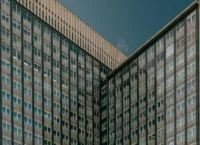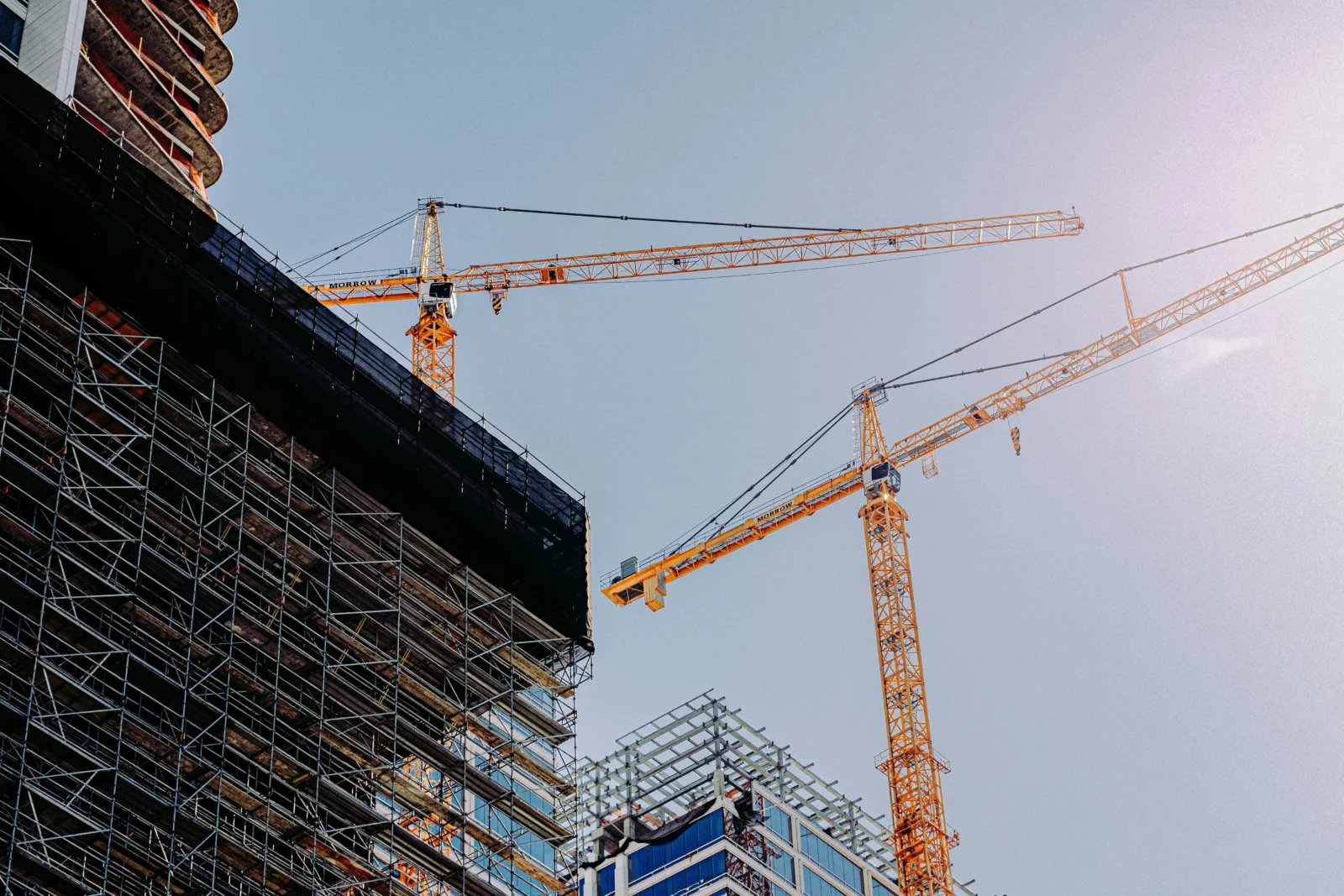- Home
- Articles
- Architectural Portfolio
- Architectral Presentation
- Inspirational Stories
- Architecture News
- Visualization
- BIM Industry
- Facade Design
- Parametric Design
- Career
- Landscape Architecture
- Construction
- Artificial Intelligence
- Sketching
- Design Softwares
- Diagrams
- Writing
- Architectural Tips
- Sustainability
- Courses
- Concept
- Technology
- History & Heritage
- Future of Architecture
- Guides & How-To
- Art & Culture
- Projects
- Interior Design
- Competitions
- Jobs
- Store
- Tools
- More
- Home
- Articles
- Architectural Portfolio
- Architectral Presentation
- Inspirational Stories
- Architecture News
- Visualization
- BIM Industry
- Facade Design
- Parametric Design
- Career
- Landscape Architecture
- Construction
- Artificial Intelligence
- Sketching
- Design Softwares
- Diagrams
- Writing
- Architectural Tips
- Sustainability
- Courses
- Concept
- Technology
- History & Heritage
- Future of Architecture
- Guides & How-To
- Art & Culture
- Projects
- Interior Design
- Competitions
- Jobs
- Store
- Tools
- More
5 Practical Tips for Starting Your Next Commercial Build Project

A commercial build project is a mammoth undertaking for any business.
Unlike residential construction, commercial buildings require more intensive planning, foresight, budgeting, and coordination.
These projects aren’t just about constructing buildings; they are about shaping landscapes to drive productivity, support communities, and generate long-term returns for investors.
Every choice made in the next few weeks will impact the budget, timelines, longevity, and, ultimately, the project’s overall success.
Below are five practical tips for starting your next commercial project:
Realistic Budgeting Tips
Commercial construction projects typically require significant funding to get off the ground.
Money sets the wheels in motion, which is why you need a comprehensive budget plan before you begin. A realistic construction estimate starts with a project plan or blueprint to assess what materials and labor will be required.

Factor in costs like job site preparation, including potential demolition costs, equipment rentals, and permits. Be sure to include other variables, like transportation, site workers, and safety equipment costs.
Quality Materials
Commercial construction project costs can quickly run into the millions of dollars, depending on the size.
The temptation to reduce upfront costs by choosing cheaper materials is strong, especially when you are working with a tight project budget. However, the long-term value and reputation of the building (and ultimately your business) hinge on the quality of the materials you choose.
High-quality materials come at a higher price, but they provide durability and peace of mind for owners and occupants.
Prioritize Sustainability
Commercial buildings are long-term assets, and the way they are constructed has lasting impacts on the environment. Integrating sustainability into the design and build of the project from the outset is a strategic and ethical decision that delivers countless benefits.
Green buildings reduce environmental impacts through sustainable and thoughtful design, construction, and operations, using certified materials and avoiding wastage.
Research reputable companies, such as MATECO direct push drilling services to get clean, accurate samples to check for soil or groundwater contaminates.
Drilling and sampling activities like these will provide the essential data needed for your teams to understand what lies beneath the surface and to assess site conditions.
Design For Future Expansions
When starting your next commercial build, think outside of the immediate needs of the project.
While meeting client demands, staying within budget, and hitting project deadlines are crucial, designing with tomorrow in mind is just as important.
Businesses evolve and markets shift, meaning growth often comes much faster than anticipated. Planning for future expansions during the initial design phase ensures the building can adapt without costly disruptions later.

Anticipate Risks
All construction projects carry inherent risks, from logistical setbacks to inclement weather conditions.
Successful commercial construction projects have potential risks and interruptions identified and contingency plans made before they occur.
Anticipating risks does not mean you have to eliminate them, but you must create backup plans to minimize their impact and ensure swift and effective responses in the face of setbacks.
Conduct a thorough risk assessment during the project’s planning stage, map out every phase of the construction, and identify potential challenges. Some examples of common problems include supply chain disruptions and weather-related delays.
In Summary
Commercial building projects require detailed planning, disciplined execution, and expert foresight.
Unlike smaller-scale construction, commercial projects involve higher risks, multiple stakeholders, and long-term expectations.
Follow these tips above to align your project vision with practical strategies to bring it to life.
illustrarch is your daily dose of architecture. Leading community designed for all lovers of illustration and #drawing.
Submit your architectural projects
Follow these steps for submission your project. Submission FormLatest Posts
Dependable Service for Everyday Appliance Problems
When a washer stalls mid-cycle or a fridge warms up, you need...
8 Essential Web-Based Mapping Tools for Modeling Sea Level Rise and Flood Impacts
As climate change accelerates, flood risk and sea level rise have become...
How Sydney’s Architecture Responds to Climate, Light, and Lifestyle
Sydney’s architecture has never been driven by form alone. It evolves through...
Shipping Containers as Functional Infrastructure on Construction Sites
Construction sites are temporary by definition, yet the systems that support them...












Leave a comment